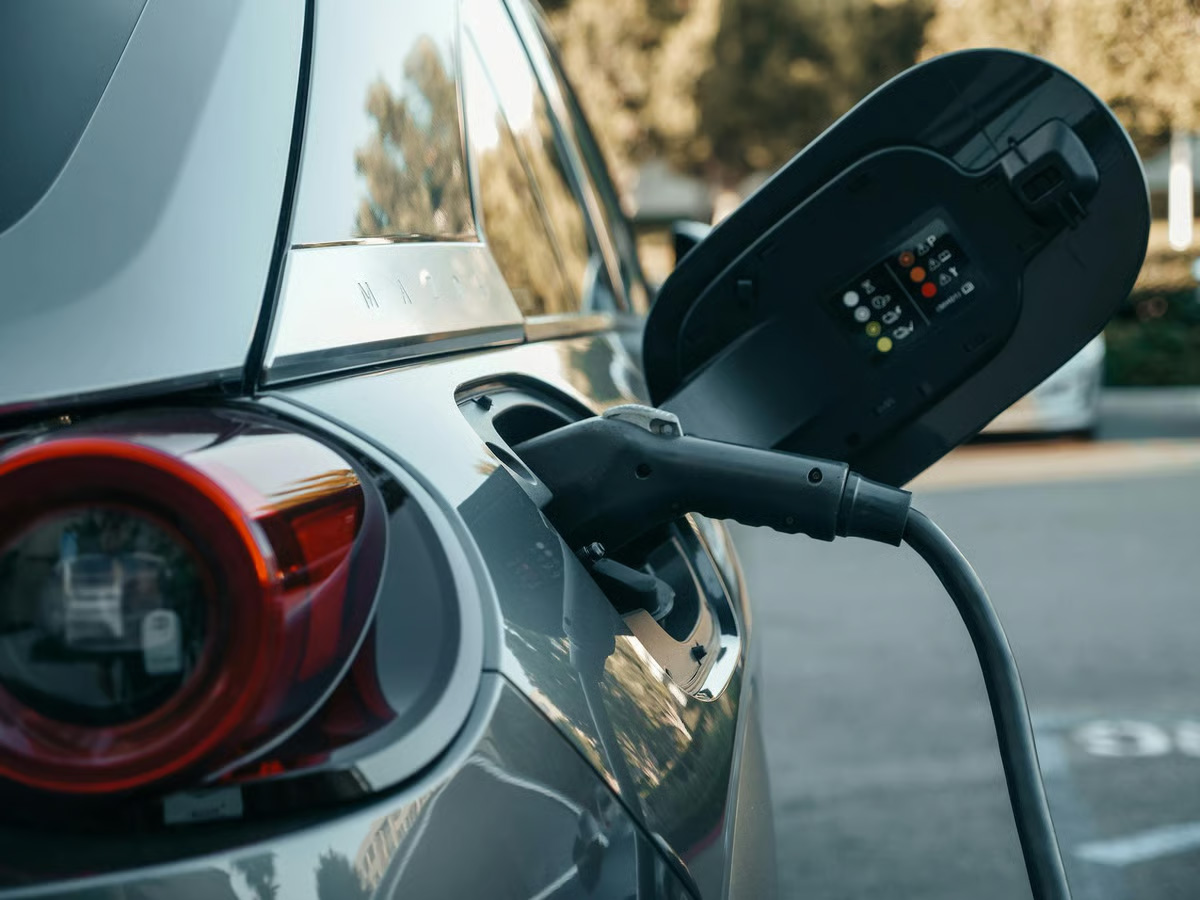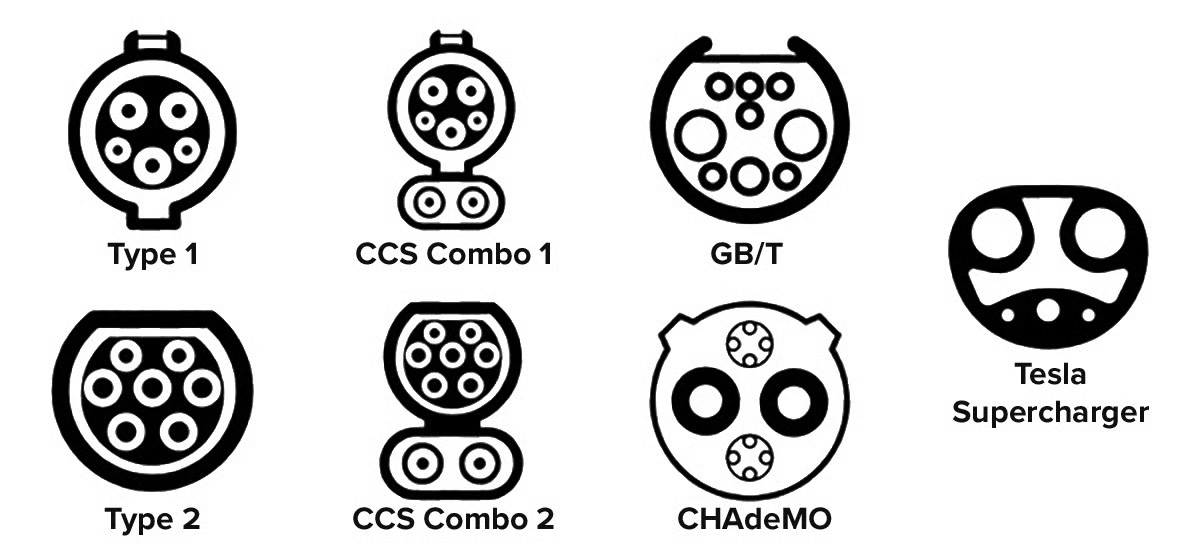
EVs have surged in popularity over the past 10 years, from just 40,000 on the road in 2015, to a staggering 1,500,000 in 2025. This is for a variety of reasons. For one, EVs have gotten much better as time has gone by, with better range, more features, and better performance (now rivalling and often surpassing their petrol/diesel counterparts). Beyond that, EVs are very environmentally friendly, despite the large amount of myths surrounding EVs, and there are lots of tax incentives to get an EV as well.
If you've recently found yourself driving an EV, or you're thinking of snapping one up for yourself, it can be a worthwhile investment, but there are a few differences compared to traditional internal combustion engine (ICE) cars. One of the biggest differences is how you refuel the car. Instead of relying solely on petrol stations to fill up, you've got a couple more options, charging at home, or using public charging stations.
Before we get into charging at home or on the go, we need to go over the type of charging port your specific EV has.
Similarly to smartphones, not all EVs use the same chargers to fill up. Your EV will have a flap to refuel, similarly to ICE cars, it'll either be on the left side, the right side, or it might be on the front of your car. Once you've found it and opened it up, you'll see one of the below ports.

Luckily, in the UK at least, you'll probably only see 3 of these ports.
As you can probably tell from the image, Type 1 and Type 2 are also a part of CCS Combo 1 and 2, the bottom part of CCS Combo chargers is for faster, public charging stations, which we'll get on to further down.
The UK is quickly standardising EV charging ports to primarily use CCS Combo 2, although Tesla retains their own standard of charging cables, the only other charger you're likely to see is CHAdeMO, which can be found on some Japanese cars like Nissan or Mitsubishi.
Now that you're clear on which charging port your vehicle has, we can get onto charging at home or at public charging stations.
There are 2 ways to charge at home. Some EVs come with what is affectionately called a 'Granny Charger'. This cable will have a 3-pin plug on one end, and your EV charging plug on the other. This is usually supposed to be used in emergency situations when you absolutely can't charge any other way. They are very slow to charge (For reference, charging my old MG4 Long Range with this would give 3% an hour), so you probably couldn't rely on this for your charging even if you tried, as they usually only provide around 2kW-2.5kW of power.
I should also say, if you do plan to use a granny charger to charge your EV, you'll probably need an extension cable too, so make sure the extension isn't coiled up, and that there is absolutely nothing else plugged in to the extension (or the neighbouring socket if the extension is plugged into a dual socket plug) as they can only handle 3kW of electricity before things get dangerous. You should probably speak to an electrician to make sure it's done safely.
The more convenient way to charge at home is to have an EV charger installed, these can sometimes cost anywhere from £300 to £1000+ to install, so have a look around to see what suits your needs. These chargers usually provide either 7kW, 11kW, or 22kW to your EV, depending on your home wiring. The most common speed is 7kW, which is more than enough to charge your EV overnight, as they're often designed to.
These EV chargers also usually come with an app for your phone, so you can see your usage, set charging schedules, and sometimes even tell your car to precondition both the battery and the cabin, so your vehicle is comfortable when you're ready to drive it in those blazing summer evenings and freezing winter mornings.
Unlike traditional petrol stations, EV charging stations can be found at quite a few different places, such as:
Public chargers can be found on your usual navigation app of choice, or there are dedicated apps to finding them. Once you've found one, you might have to download an app specific to that charging company. Some apps cover multiple providers, such as the Electroverse app from Octopus Energy (and even offers discounts if you're on one of their tariffs), which will allow you to find and pay directly from the app. Many chargers also allow you to pay directly using a built-in screen on the charger. These apps will also allow you to see if specific chargers are available or are currently being used.
Most EV chargers in public (if they're not Tesla branded Superchargers) will usually offer 2 charging ports, CCS Combo 2 and CHAdeMO, as we discussed above. So there should be plenty to choose from. Once you've found your charger and have plugged in, it's just a matter of waiting for your EV to charge.
Most chargers offer different charging speeds too, anywhere from 50kW to 350kW and more. Usually, places like gyms, restaurants, and supermarkets will offer 50kW charging, as a quick top up while you're there. Although, if you see a charger offering 350kW of charging speed, this doesn't necessarily mean your EV will charge at that speed, as EVs have different limits on what the maximum speed they can accept is. If you plug into a 350kW charger, and your car is only designed for 150kW, don't worry, your EV will just charge at 150kW instead. At these public charging stations, you can usually expect your EV to charge to 80% in anything from 20 minutes to 90 minutes, depending on the speed.
So, there you have it, whilst charging an EV can be a little different to refuelling a traditional ICE car, once you've got the knowledge, it can often be more convenient. It might take longer for an EV to charge, but if you're charging at home, you simply plug in, and then unplug when you're ready to go, no more detours to find a petrol station. Even with public charging, you can go off and do something whilst you wait, instead of manually filling up your car and trying to balance the fuel meter to hit exactly £30 (Which even I've only managed to do once).
If you're still searching for your new EV, we've got more options than you can shake a Type 2 charger at, whether you're wanting to Rent, Lease, Subscribe, or Buy an EV, we've got something perfect for you!
At AMT Auto, we redefine convenience with vehicle solutions designed for both businesses and individuals.
No matter the vehicle or the duration, we’ve got you covered with our exceptional services.
Discover flexible car leasing, car rental, used cars to buy, or subscribe to a car or van with us—you can even sell your current car for the best price. For businesses needing consultancy on fleet management or a partner to supply vehicles to customers, we’ve got it all under one roof.





